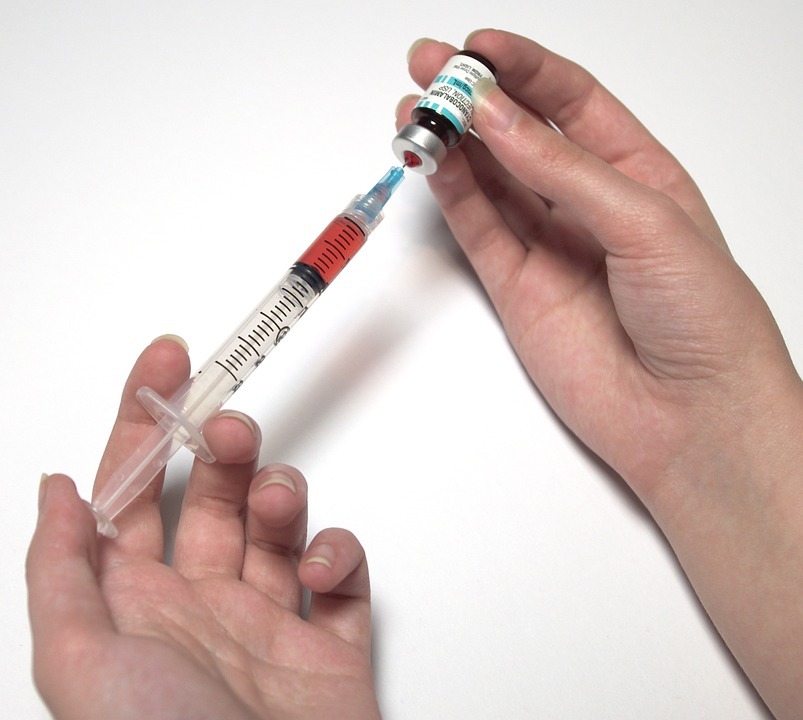Like humans, dogs need vaccines to prevent the risk of getting contagious diseases and provide immunity. It may sometimes require a booster to keep it effective. The frequency of getting vaccines must depend on the age of the dog, its vaccination record and the risks which the dog is exposed to. Some vaccine shots are mandatory, while some must be recommended by a veterinarian.
Canine vaccines are broken down to two main categories, such as core vaccines and non-core vaccines. Core vaccines prevent diseases that are widespread among dogs and are easily transmitted, and those diseases that are commonly fatal or difficult to treat. Core vaccines include protection against rabies, distemper, adenovirus, and parvovirus. Before, these vaccines were recommended annually, especially the vaccines against rabies. However, the duration of immunity from these vaccines was already proven to be effective for at least three years.
Meanwhile, non-core vaccines are administered based on a dog’s risk of exposure, the likelihood of being infected or severity of a disease. It may be advised by your veterinarian based on your pet’s lifestyle, environment or medical history. For instance, your vet may suggest a certain non-core vaccine if your dog lives outdoors only or boarded often. Generally, non-core vaccines provide immunity for a shorter length of time, and it must be administered annually to stay effective. Here are the non-core vaccines that are advised annually if your dog is at risk for exposure:
1. Kennel cough
One of the most common non-core vaccines is for kennel cough, including Bordetella or parainfluenza vaccines. Kennel cough is much like a human cold, and it can be caused by different viruses and bacteria. It is recommended annually for dogs who have frequent contact with other dogs, like those who are regular participants of dog shows, regulars at dog parks or dog grooming shops, or attendees of dog daycare or dog obedience classes. Boarding facilities also typically require a recent shot against Bordatella prior to admission. For at-risk dogs, some veterinarians even recommend giving this shot every 6 months. If your dog is your only pet and it’s always at home or in your yard, you don’t need to get your dog shot with this vaccine.
2. Lyme disease
Dogs get Lyme disease from deer ticks associated with whitetail deer. As populations of this deer expand, so as the incidence of exposure. Exposure with this ticks does not always end in having Lyme disease, so it’s best to check with your veterinarian. When dogs are infected with Lyme disease, they typically experience fever, lameness (which sometimes lead to arthritis), swelling of joints and lethargy. When serious, Lyme disease can cause kidney failure and death. If your location has a high incidence of Lyme disease in pets or other wildlife, then this vaccine would most probably be recommended for your dog. Vaccines against Lyme disease must not be given needlessly, because it has the potential of causing serious adverse effects. At-risk dogs should be tested and vaccinated yearly.
3. Leptospirosis
Leptospirosis vaccine should only be considered if your dog is exposed to wildlife environments, or if your dog shares a living environment with rural and urban wildlife, such as livestock or wild mammals like raccoons and rats. It is also often recommended for dogs that regularly swim in lakes or ponds. At-risk dogs must be vaccinated annually during the late winter, but it must not be given to puppies that are younger than 12 weeks.
4. Canine influenza
Canine influenza is a relatively new disease. It is caused by the H3N8 virus that was first detected in dogs in 2004, and an outbreak occurred in 2009. Shortly after, a vaccine was created and sold on the market. Canine influenza is very contagious and even fatal. It can infect every dog exposed to another dog that has the virus. Symptoms of canine influenza are similar to those of kennel cough, but sometimes it would not be obvious – some owners might not even be aware that their dog had the flu. Some dogs might develop severe conditions like secondary pneumonia. Dogs at risk include those living in communal facilities like dog pounds, or those living in areas where the virus have caused infections. If your dog spends a lot of time around other dogs, or if you live in a high-risk area, consult your vet about this vaccination. Once the dog is proved to be at risk, the vaccine must be administered yearly.

